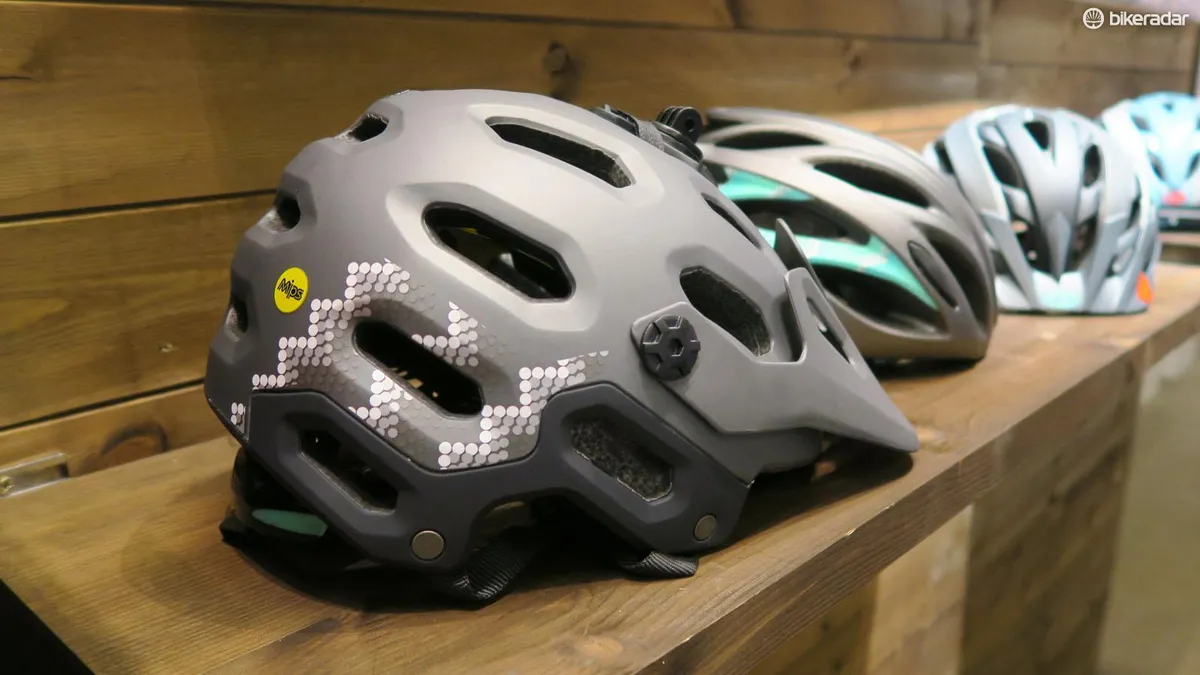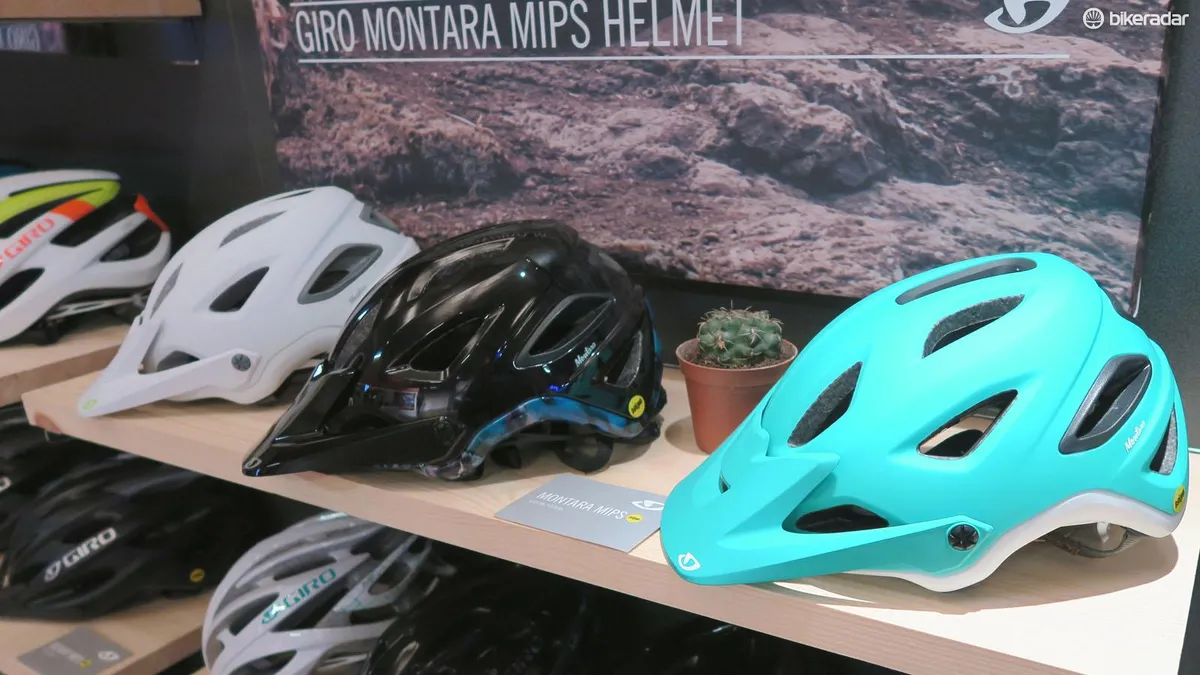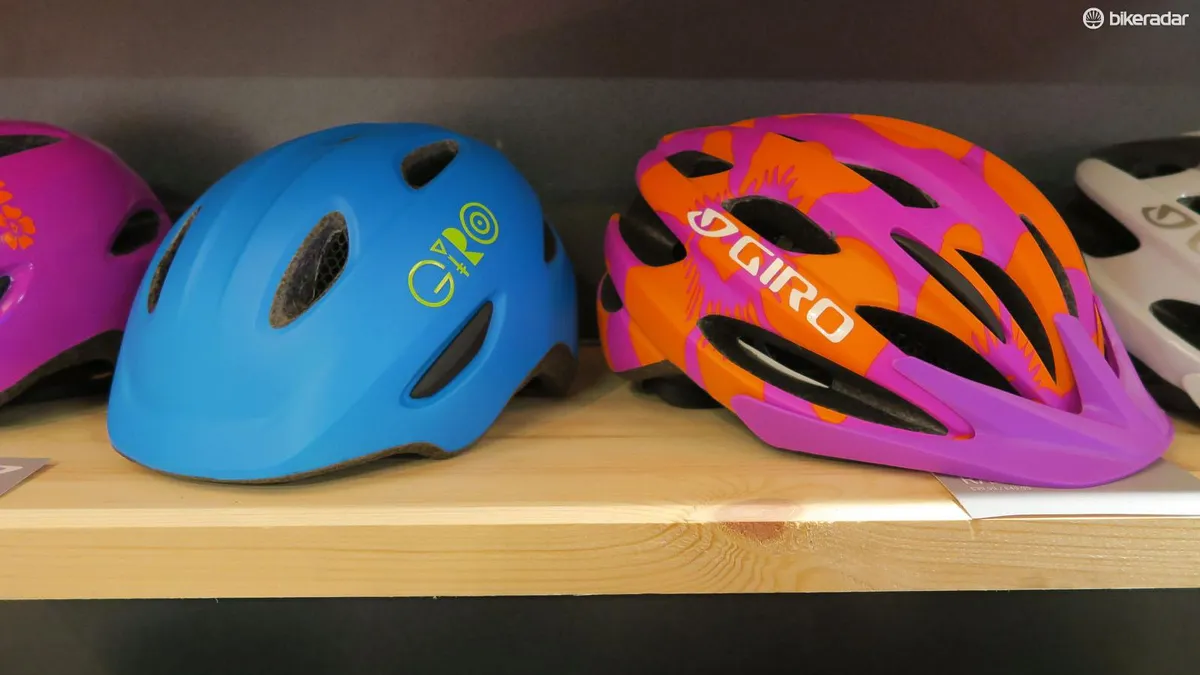Giro and Bell helmet manufacturers have increased the number of helmets in their range that feature MIPS technology, a protection system that decreases the effect of rotational forces on the brain in case of impact or crashing.
Both manufacturers have already included MIPS on their higher-end products for a number of years. 2015 is the first time this technology will be made available at a lower price point and will be aimed at commuters, children and entry-level riders.
MIPS stands for Multi-directional Impact Protection System. Visually, it's a plastic cradle that sits around the head inside the helmet, similar to the fit retention system that most helmets employ, and is designed to allow a certain degree of rotation of the head within the helmet in the case of an oblique impact.

Both Bell and Giro have introduced MIPS to various helmets all across the range, rather than focusing on just the top-end models
This means the rotational forces are absorbed by the MIPS system, rather than being transferred to the head or brain, offering an advantage over non-MIPS helmets that offer cushioning for the direct force of the impact only.
MIPS itself was developed in 2001 by five researchers from the Royal Institute of Technology, Sweden, who have since gone on to form the MIPS AB company. Giro and Bell, through their parent company BRG Sports, have formed a partnership with MIPS AB, investing in research and development.
In total, 15 models of Giro helmet and 16 models of Bell helmets will come MIPS-equipped. At the high end, certain models such as the Bell Super 2R will only be available with MIPS. Lower down the price range, both MIPS-equipped and regular models will be available.
On average, the price difference between the regular and MIPS-equipped models will be in the region of £5 for children, youth, commuter and entry-level models, with a higher price differential towards the top end of the price range.
For example, the Bell Sidetracked Youth helmet with MIPS will retail for £34.99, with the non-MIPS version retailing at £29.99. US prices will be $60 for the MIPS version and $40 without.
Giro has indicated that it sees MIPS technology as being the future of cycling helmets and envisions a range-wide rollout over the next two to three years. The safety features of the technology are likely to make it a popular upgrade option, particular for safety-conscious commuters and parents.



